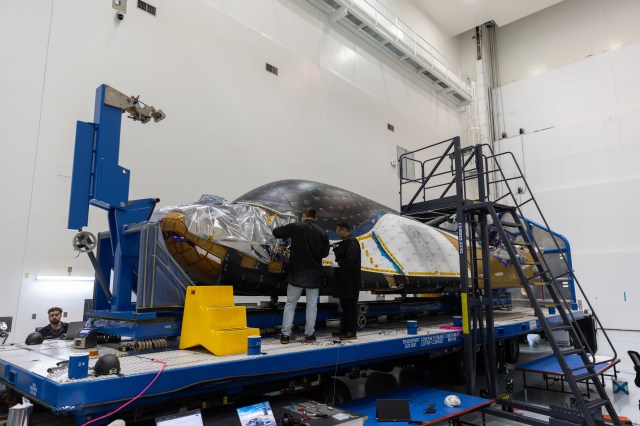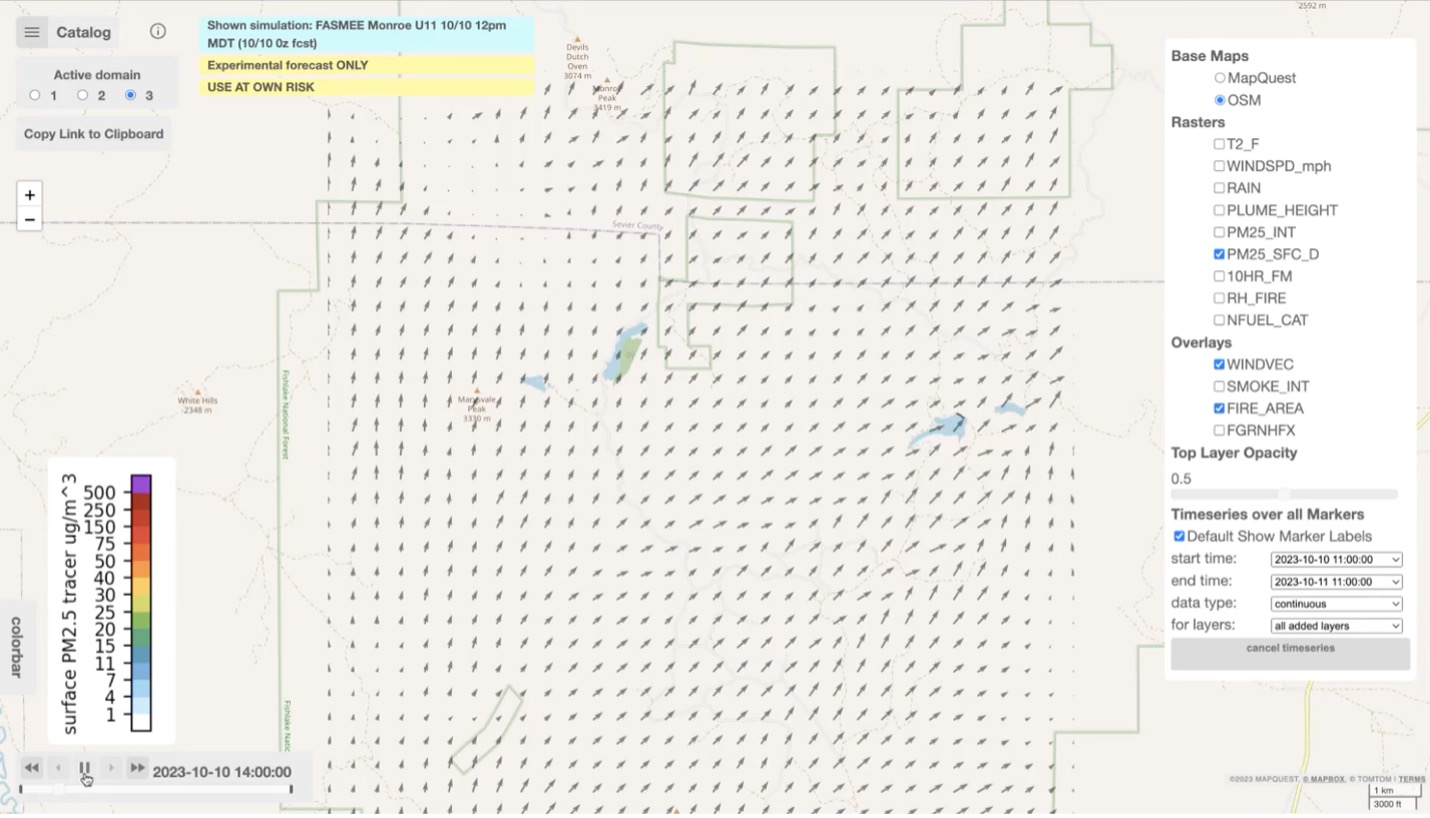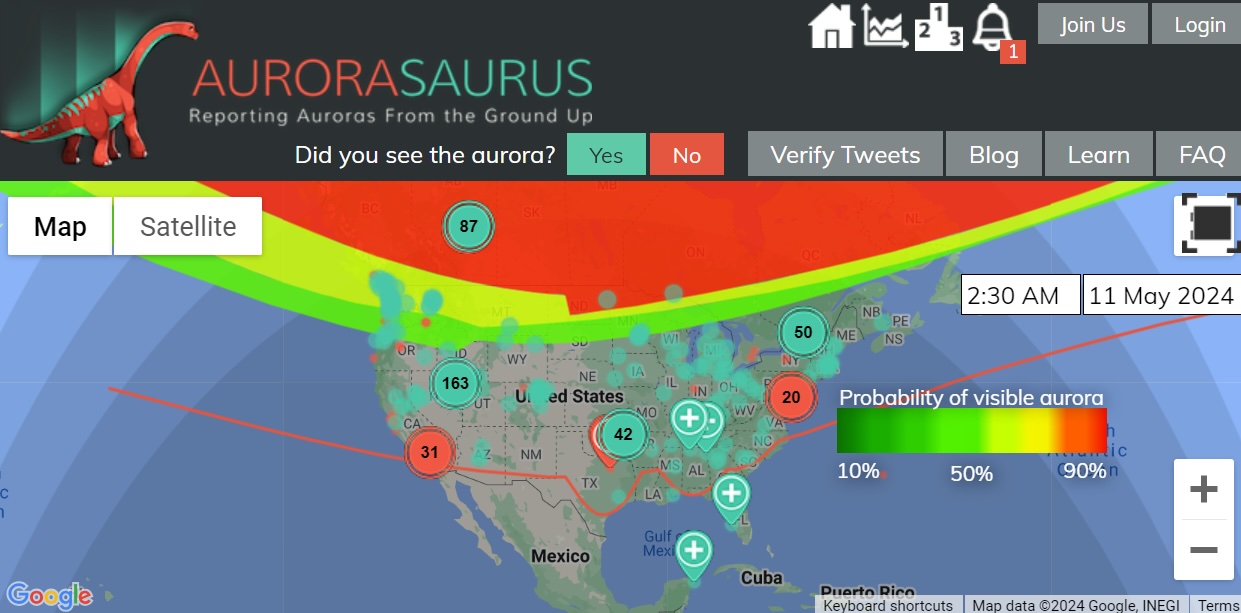Laura Villafane
University of Illinois at Urbana-Champaign
ESI19 Laura Villafane Quadchart
When landing payloads in extraterrestrial bodies, the rocket plumes used for terminal descent impinge onto the regolith surface leading to a number of hazards that can compromise the mission and safety of orbiting and surface assets. The supersonic plume causes cratering of the granular substrate, lifts regolith particles that obscure the view of onboard cameras and leads to near-wall high-speed jets with supersonic ejecta that can sandblast surrounding objects.
Vehicle and mission designs that anticipate these challenges rely on a better understanding of the coupled interactions between the gas, the lifted particles and the granular surface dynamics. The scarcity of detailed experimental data in relevant environments hinders the development and validation of predictive computational models. The present effort is designed to fill that gap by: 1) developing a suite of diagnostics for probing gas, particulate and granular media dynamics, and 2) applying them to a series of well-controlled, and fundamental sub-scale experiments that reproduce the main aerodynamic parameters representative of Mars and Moon landings. Our experiments will reproduce landing jet velocities and low-pressure environments while targeting substrates of controlled characteristics. Measurement techniques will combine laser-induced fluorescence, optical attenuation tomography, high-speed imaging, optical range sensing, and sensors embedded on the bulk granular media. We anticipate providing a comprehensive set of data with associated uncertainty and sensitivity analyses that will help understanding the complex interactions between phases, guide model development, and serve as validation of predictive numerical tools.




























